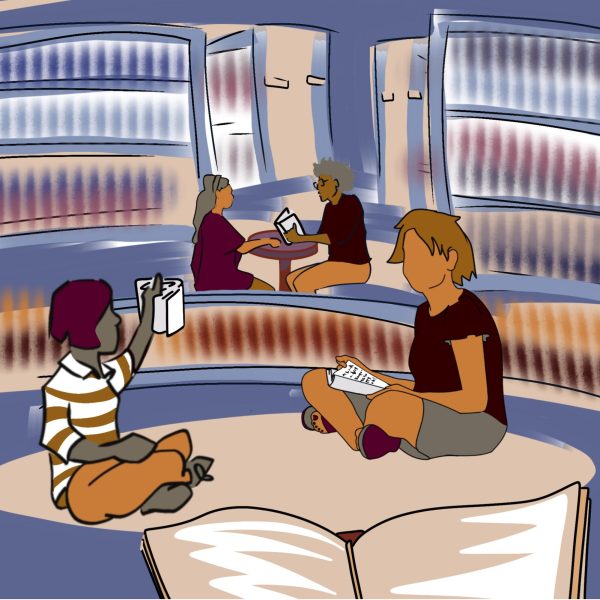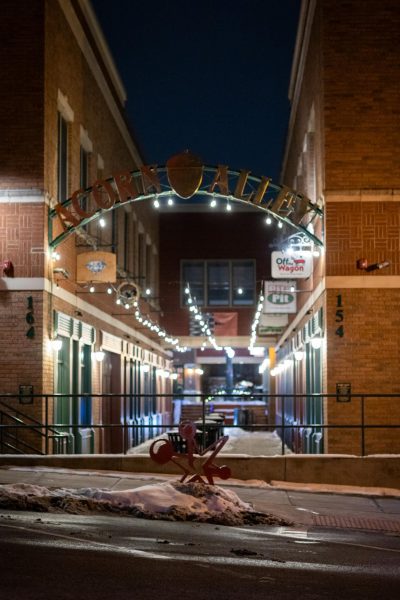Opinion: Homeless people are more than just statistical data
July 2, 2018
If someone asked you to close your eyes and picture an average household within the United States you would probably see your own neighborhood.
You’d most likely picture that house at the end of the cul-de-sac with the white picket fence. You’d see an average middle class family, hard working, blue-collar and maybe educated with 2.5 kids and an average annual income of $59,039.
This 1950s cookie cutter vision of the “great” America may be the reality for some families in our country, but it isn’t the truth in its entirety.
What you don’t picture is a man or woman struggling to get by. You don’t picture the man on the corner with holes in his shoes begging for a few dollars for a meal, or a woman and her children waiting in line at a shelter for a bed to sleep in.
It doesn’t make you a bad person if these images have never crossed your mind; you’re not the only one.
I grew up in the suburbs of Cleveland. The community we lived in was upper-middle class; this, however was not my family’s situation. My mom would describe us as “working poor.” We may not have had the money to go on tropic vacations every summer, but my parents gave their five kids much more than money could buy.
My parents used to be involved with a group that housed families with food and home insecurities. I can vividly remember setting up cots and room dividers with my siblings. We’d make the cement walls and fluorescent-lit rooms look more inviting by putting toys and blankets on the beds. I couldn’t imagine not having my own bed or a place to call my own.
In 2017, there was an estimated 553,742 people in the United States that experienced homelessness on a given night. This group of people is ignored completely by some Americans.
The Trump administration has done very little to recognize and improve the lives of these people. Instead, Trump cut funds for the United States Interagency Council on Homelessness when he took office. This federally funded organization acknowledges this epidemic that is homelessness in America. “We must ensure that we can identify everyone experiencing homelessness and connect them to safe and stable housing they can afford, so that everyone in this country has an opportunity for success.”
In Portage County, Kent and Ravenna alone contain more than 100 homeless people.
The Haven of Portage County is the only overnight homeless shelter in the area; however, The Haven can only house 22 individuals at a time. This leaves an average of 30 to 45 people on a waitlist. They end up having to seek refuge under bridges, in public parks or behind stores.
This past winter, as I was in the Loft in downtown Kent, I noticed an older man sitting by himself. He wore a Grateful Dead shirt and had a faded black backpack that had seen better days. He sat with his legs up and eyes closed.
The statistics are not just numbers, they are people. People right in front of us, walking around Kent, sitting in a bar enjoying the shelter it provides for a few hours.
16 percent of Portage County’s population falls into the poverty category. These families are struggling to afford housing and once again the Trump administration is hurting this class of people, instead of helping.
Housing Secretary Ben Carson’s “Make Affordable Housing Work Act”, approved by President Trump in April of this year, is imposing that landlords raise the minimum rent from $50 to $150.
Carson’s aim is to force these low-income families to find employment, but many already have jobs. Their checks barely cover rent. So who is he really helping with this bill?
If we don’t start acknowledging this share of our population and questioning our legislations motives, the situation will only get worse. No one deserves to be homeless, not in this time and age, not ever.

























